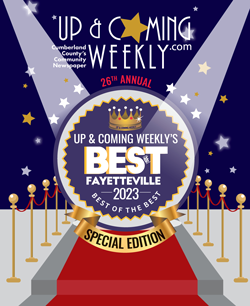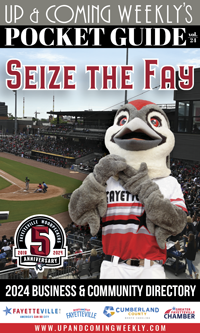Double thinking your way to happiness
- Details
- Tuesday, 07 May 2024
- Written by Pitt Dickey

 I read the New York Times so you don’t have to. A recent Times article about Polyamory caught my attention. Frequently their articles are informative. I will not bore you with anything useful. Oh, no. Dig up useful stuff yourself.
I read the New York Times so you don’t have to. A recent Times article about Polyamory caught my attention. Frequently their articles are informative. I will not bore you with anything useful. Oh, no. Dig up useful stuff yourself.
Today’s stain on world literature dives into the deep and rancid stew of Polyamory. What is Polyamory you might ask? I wondered the same thing. Does it involve putting a suit of armor on a parrot to protect against tiny Chlamydia parasites which cause avian pneumonia? Nope.
Does it involve putting Armor All on a parrot? Polly want an Armor All? Who wouldn’t want a shiny, highly polished, easy-to-clean, and rain-resistant parrot? We do not own a parrot, but if we did, I would want one that was spick and span, pollen resistant, that would make the neighbors jealous of my bright shining parrot.
Alas, once again No.
Double Trigger Warning: (I do not refer to Roy Roger’s wonder horse- Trigger) This column is likely to be highly offensive to both friends and foes of Polyamory. I count as a win any time I can generate a column likely to offend people on both sides of an issue. If you have a sensitive or insensitive nature, tear this page out of the Up & Coming Weekly and wrap up some 4-day-old fish.
“Normal” people won’t like the column because it shines a light on what they perceive as an aberrant lifestyle. “Progressive” people will not like the column because it makes fun of this current trend. What more could any writer ask? Although I think Polyamory is pretty weird, it did not keep me from reading the article. I would pay to see a two-headed goat if one was available, so naturally I was fascinated by the concept.
Polyamory has nothing to do with parrot hygiene. Polyamory is what the progressive crowd of younger folks, hip middle-agers, and desperate Baby Boomers are doing to stave off the existential dread of being alone. Mr. Google defines Polyamory as: “Consensual nonmonogamy, having the practice of multiple intimate relationships, whether sexual or just romantic, with the full knowledge and consent of all parties involved. It is generally not gender-specific: anyone can have multiple partners of any gender.” Back in the ‘60s it would just be called “whatever turns you on.”
The Times article went into great detail about the jargon that has developed to explain the many wonders of Polyamory relationships. Our old pal Voltaire once said: “If you wish to converse with me, define your terms.”
Polyamory terms are “pretty, pretty, pretty entertaining” as Larry David would say in Curb Your Enthusiasm. Let us define Polyamory’s terms as explained in the Times. A group of people who are in a cohort of Polyamorous folks is a called a Polycule which is an amalgam of ‘Polyamory’ and ‘molecule.’ The polycules resemble amoebas with highly ambiguous borders. Members in one polycule are not limited to fooling around only in their polycule. Like the old Yellow Pages ad said, they can reach out and touch someone in their polycule or an adjacent polycule.
Many folks in the polycule are heteroflexible and enjoy the company of either sex.
The goal of Polyamory is Ethical Non Monogamy or ENM. ENM says if you tell your partners what you are doing, everything is OK. If you are in a relationship with a Significant Other but dallying with a third person, your Significant Other and the partner of the third person are called Metamours.
If there was a Mr. Stormy Daniels, then Mr. Stormy Daniels and Melania Trump would be Metamours. Not everyone in a Polycule follows the ENM rules; those folks are called “Relationship Anarchists.” The Times described a subgroup in a Polycule made up of “Radical alien witch academic nerds.”
If you are interested in becoming ENM, there is a how-to manual called “The Ethical Slut” which could help you on your way. If you have achieved full ENM and are happy when your Significant Other is making whoopee with someone else, you have achieved a state of being Polysecure. This level of ENM is called Compersion. If you are quaintly actually married, your spouse is called your Nesting Partner. Not every Polyamory party ends up in an orgy, sometimes folks just end up in a big cuddle pile of puppy love.
Speaking of puppies, this column nearly ended without mentioning South Dakota Governor and Dog Murderer Kristi Noem. Kristi’s new book relates she shot her puppy Cricket in the face in a gravel pit because she “hated that dog.” For good measure, Kristi then shot her goat because it had a bad attitude. I suspect that sort of animal cruelty would get Governor Kristi kicked out of any Polycule.
Old Yeller and I would never vote for Kristi. Fortunately, no two-headed goats were harmed during the writing of this column.

 How to resolve AdBlock issue?
How to resolve AdBlock issue? 












